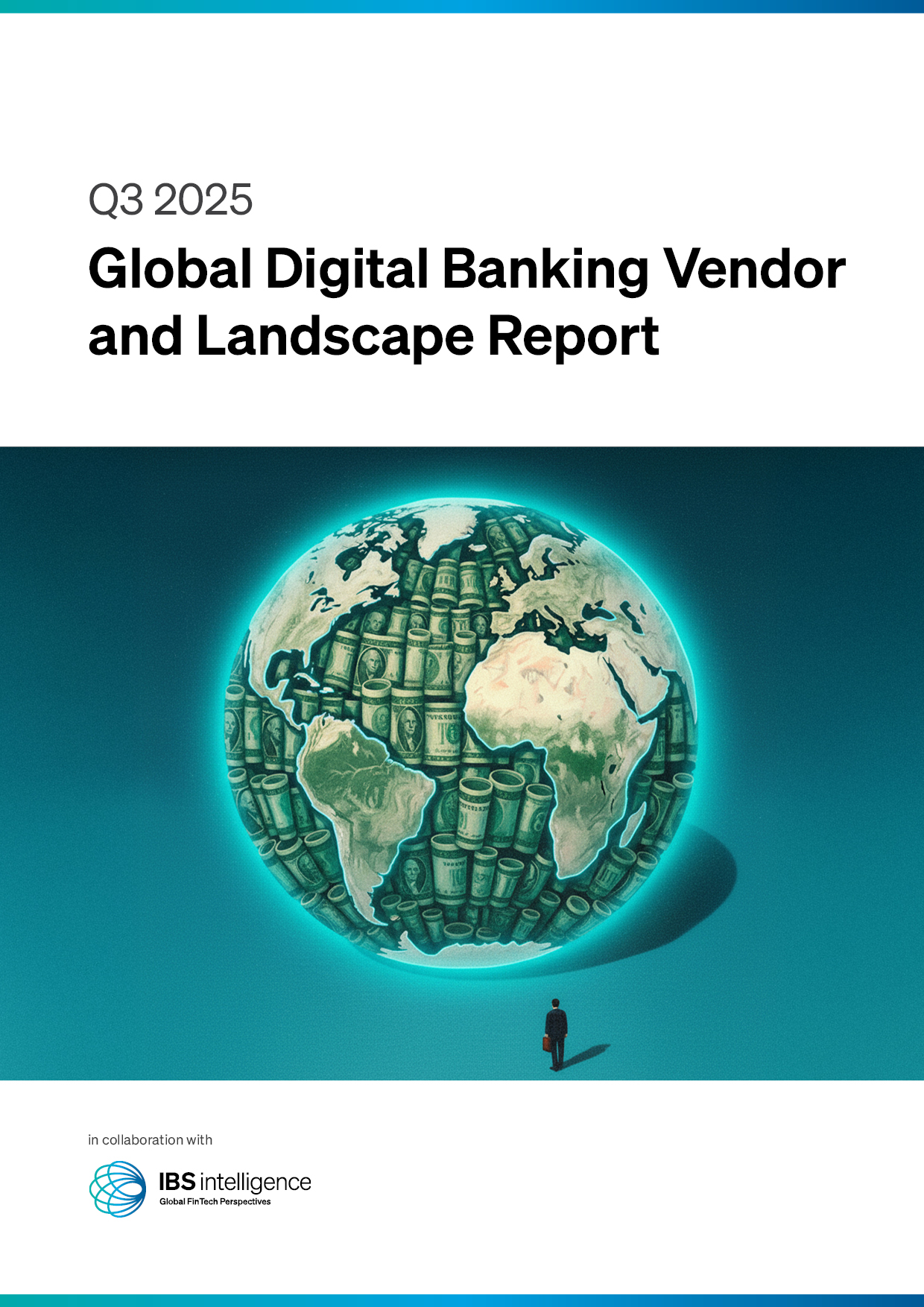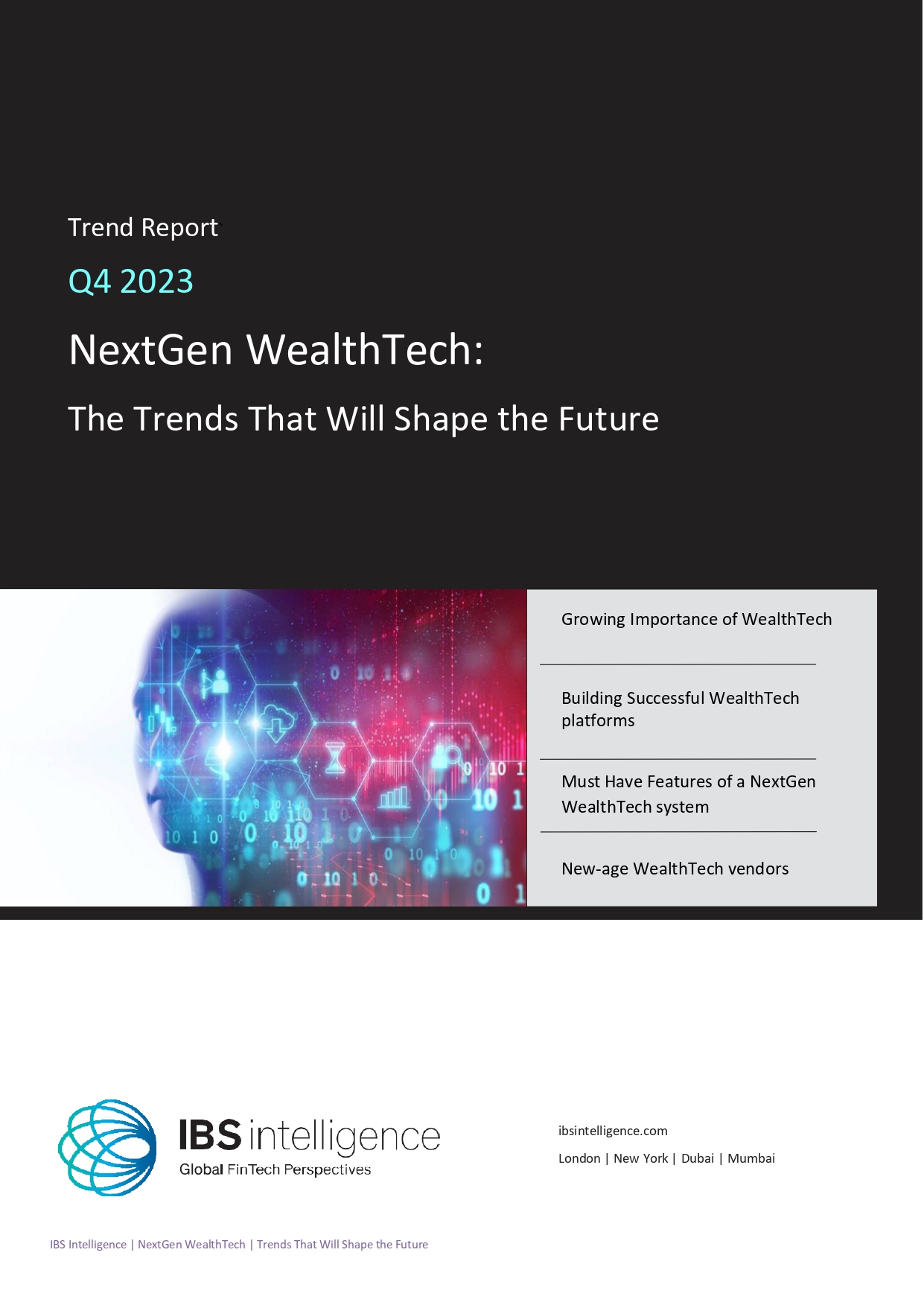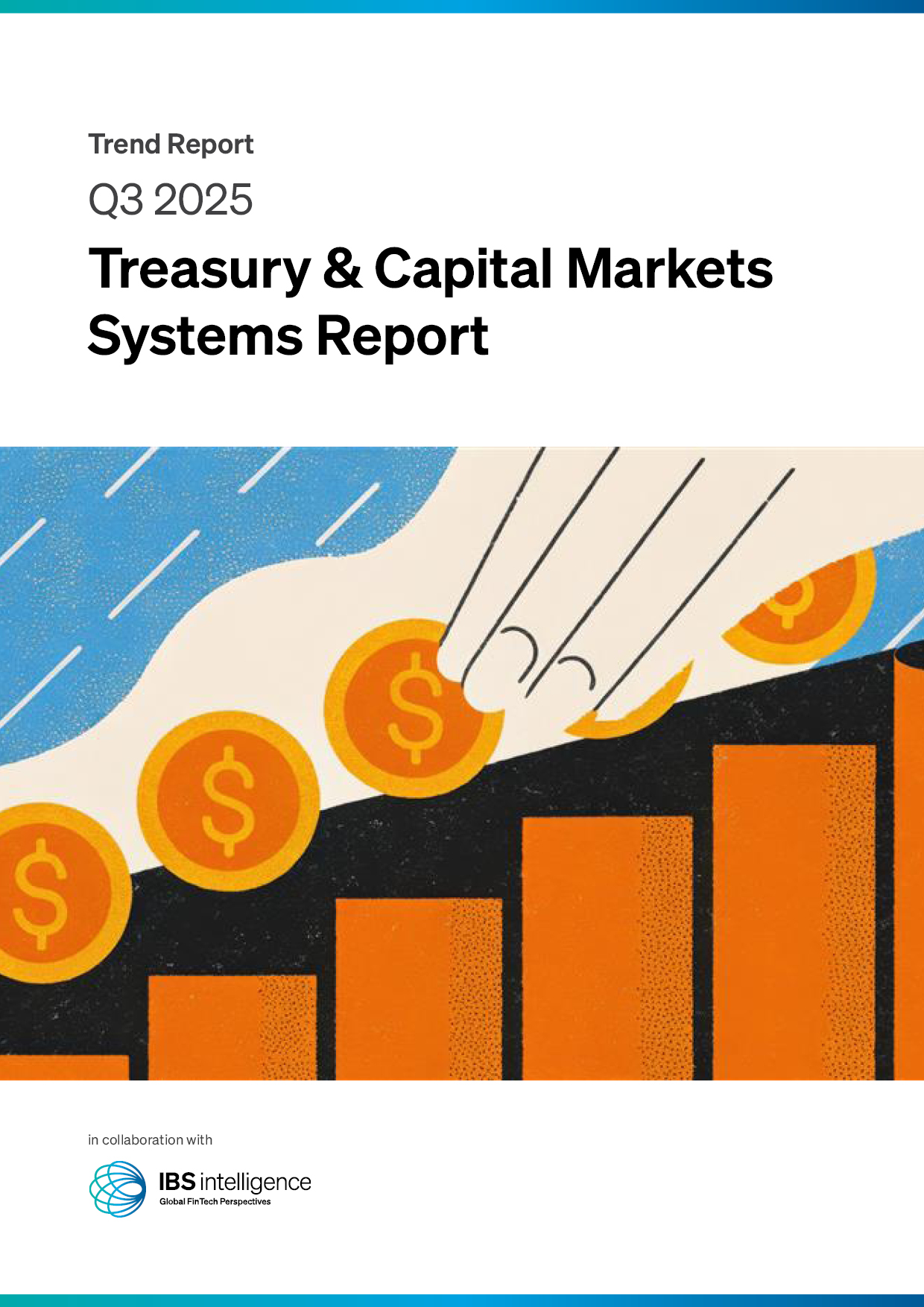 Back
Back
The Emerging Danger of AI-Powered Malware

By Stephen Kines, COO and Co-founder of Goldilock
AI’s potential for misuse is no longer a hypothetical concern; it has become a growing reality. As AI transforms industries, nearly half of global business and cyber leaders express significant concern about the rise of AI-powered malware, particularly its use in phishing, malware development and deepfakes. This concern stems from the highly adaptive and self-learning nature of malware, which enables it to execute attacks at an unprecedented scale.
The accelerated evolution of AI-powered malware demands immediate action from the cybersecurity community. These sophisticated threats can bypass traditional defences and autonomously seek out vulnerabilities, but implementing a multi-layered security approach can mitigate the risk and prevent widespread breaches. Solutions such as AI-powered cybersecurity and physical network segmentation are proving to be a crucial defence that businesses need to turn to.
Malware sophistication
Traditional security measures are facing increasing challenges in keeping pace with the sophistication of AI malware. Breakthrough abilities, such as real-time evasion techniques and self-modifying code, render signature-based detection obsolete. AI-driven attacks will leverage reinforcement learning to refine their strategies in response to continually evolving security measures.
Cybercriminals are already integrating AI into their attack methodologies, utilising AI-enhanced ransomware, such as the BlackMatter ransomware of 2024, to refine encryption strategies and bypass endpoint detection tools. Generative Adversarial Networks (GANs) are being utilised to generate highly realistic phishing emails and deepfake impersonation tactics, thereby making social engineering attacks significantly more convincing. Additionally, AI-augmented penetration tools autonomously determine the best attack vectors based on a target’s security posture.
A key aspect of this growing malware sophistication is precision targeting. AI can craft phishing emails tailored to specific vulnerabilities, leveraging datasets and previous breaches to evade anomaly detection systems. In fact, AI-generated emails make up 40% of business email compromise attempts. This advanced capability makes such attacks extremely difficult to detect, leaving victims with little to no time to respond.
Attacks on infrastructure
Financial institutions, healthcare systems and data centres are amongst the critical infrastructure targets of the predicted surge in AI malware attacks. Cybercriminals may deploy AI-powered ransomware that dynamically adjusts its encryption strategies and adapts to bypass endpoint detection tools. The healthcare sector is also at risk, with potential AI-enhanced ransomware attacks targeting life-saving medical equipment and sensitive patient records.
The potential for coordinated large-scale attacks is a major concern. AI-powered malware could collaborate across numerous infected devices, executing simultaneous breaches on a global scale. A Stuxnet-like event refers to a highly sophisticated cyberattack designed to target and disrupt critical infrastructure. A similar event, but with AI capabilities, is a distinct possibility, with AI-driven cyberattacks likely to surpass previous incidents in scale and impact.
What’s the solution?
AI-powered cybersecurity has become vital. AI-powered threat intelligence solutions can identify suspicious behavioural patterns and anticipate potential threats. However, according to the WEF, 66% of business leaders believe that AI will affect cybersecurity in 2025, but only 37% have processes in place for safe AI deployment. Machine learning-driven anomaly detection must become a core component of cybersecurity infrastructure, as the rise of AI-driven cyberattacks necessitates the adoption of AI-powered defences.
At the same time, however, software-based security alone is no longer sufficient to counter evolving AI-powered cyberattacks. Seventy-five per cent of cybersecurity professionals reported an increase in cyberattacks over the last year, and it’s no surprise that generative AI drove 85% of these.
Physical network segmentation, using hardware to isolate network sections, has become a critical foundational layer of defence in the age of AI. By disconnecting assets from the internet when not in use, organisations can drastically reduce their attack surface, particularly for sensitive data and critical systems such as infrastructure and operational technology. Ultimately, AI is just software, and no matter how sophisticated the attack may be, if there is a proper disconnect, it will be unable to penetrate its target network. In the event of a breach, physical segmentation contains the damage, preventing the spread of malware and limiting the attack’s impact.
Facing the AI malware challenge
AI-powered malware is advancing at an alarming rate, posing an unprecedented threat to global cybersecurity. Its increasingly sophisticated attack techniques, including adaptive phishing, AI-enhanced ransomware, and large-scale coordinated attacks, are outpacing traditional security measures. Critical infrastructure, financial institutions, and healthcare systems remain prime targets for nation-state attacks due to the devastating impact a breach can cause, demanding proactive defence strategies.
While AI-driven cybersecurity solutions offer promise, many organisations remain unprepared for the scale of AI-powered threats. A multi-layered security approach, combining AI-powered threat detection, robust anomaly monitoring, and physical network segmentation, is essential for mitigating risks. As cybercriminals leverage AI to refine their tactics, businesses and governments alike must act decisively to stay ahead of emerging threats in 2025 and beyond.
IBSi News

December 01, 2025
AI in Cybersecurity
BPER Bank Luxembourg selects OLYMPIC as core banking platform
Read MoreGet the IBSi FinTech Journal India Edition
- Insightful Financial Technology News Analysis
- Leadership Interviews from the Indian FinTech Ecosystem
- Expert Perspectives from the Executive Team
- Snapshots of Industry Deals, Events & Insights
- An India FinTech Case Study
- Monthly issues of the iconic global IBSi FinTech Journal
- Attend a webinar hosted by the magazine once during your subscription period
₹200 ₹99*/month
* Discounted Offer for a Limited Period on a 12-month Subscription
IBSi FinTech Journal

- Most trusted FinTech journal since 1991
- Digital monthly issue
- 60+ pages of research, analysis, interviews, opinions, and rankings
- Global coverage
Other Related Blogs
November 24, 2025
The Future of Trust in Insurance: Why Data Verification Is the New Risk Shield
Read MoreNovember 20, 2025





